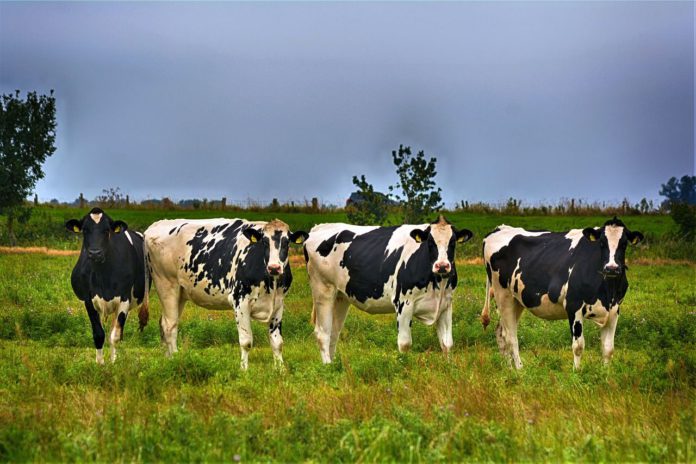In this article, CAFRE’s Richard Gibson looks at dry cow management.
You will now be starting to dry off cows for autumn-calving herds.
Correct management of cows at drying off and during the dry period is critical to ensure the best possible start in the subsequent lactation.
Any mistakes made during this time can have consequences that will dramatically outweigh the cost of a good dry cow management plan.
Condition score cows regularly and take measures before drying off so that you can maintain cow condition in a steady state during the dry period.
Ideally, cows should be giving no more than 15L/day at drying off as this reduces the risk of dry period infections developing.
You can reduce milk yield leading up to drying off by reducing concentrate feeding, but this may add stress to the cow.
Stop milking abruptly. Milking cows less than twice a day before drying off can increase the risk of new infections and delay the formation of the keratin plug.
A high proportion of all early lactation mastitis cases originate from the dry period but do not often show as mastitis cases until the next lactation.
Hygiene
In terms of the drying-off procedure, hygiene is critical. Dry off cows as a separate job outside of milking. Taking small steps can make a big difference.
These measures include:
- Washing down the parlour before the cows enter;
- Using clean gloves;
- Wearing an apron.
Use milk recording data to guide selective dry cow decisions. Give cows an internal teat sealant, as they are very effective at preventing new infections, particularly during the high-risk period just after drying off and just before/around calving.
Cows should stand for 30 minutes after drying off before moving to a bare paddock or poor-quality silage for a few days to allow the udder to dry off.
House all cows and feed a bespoke dry cow diet in the last three weeks before calving. This will maximise colostrum quantity/quality and minimise milk fever risk.
Fluke and worms
The dry period is also an ideal time to treat cows for fluke and worms as there is no milk withhold and cows are at a stage of low-stress level.
However, farmers should consult their vet or supplier on selecting a fluke treatment.
A limited number are licensed for use in dairy cows, either milking or dry.
Other news articles on That’s Farming:





